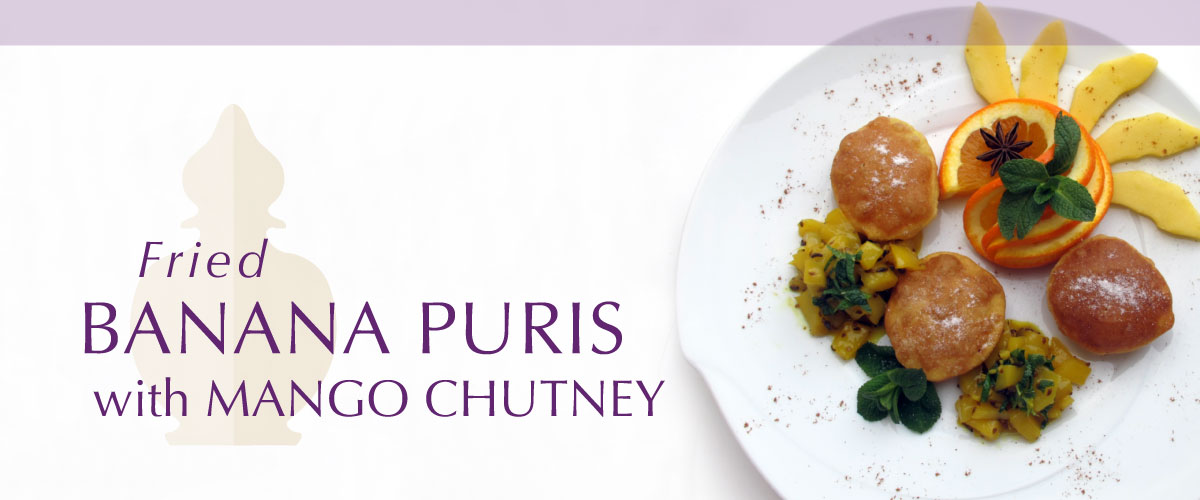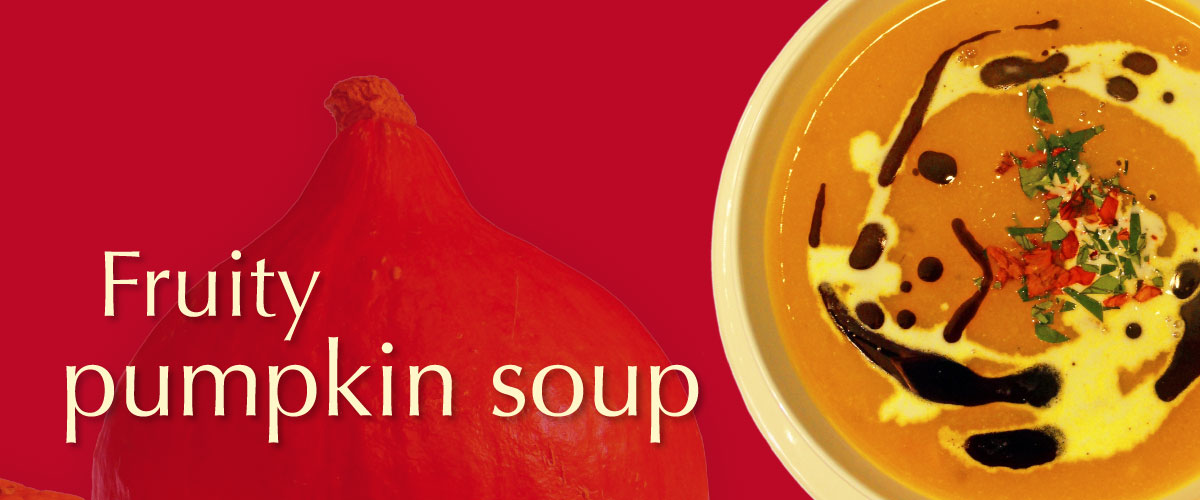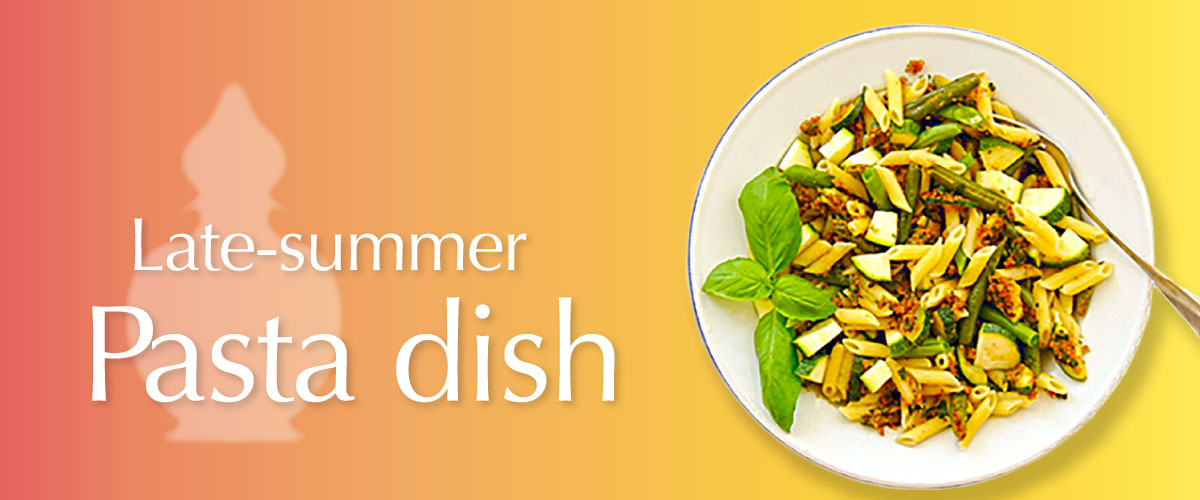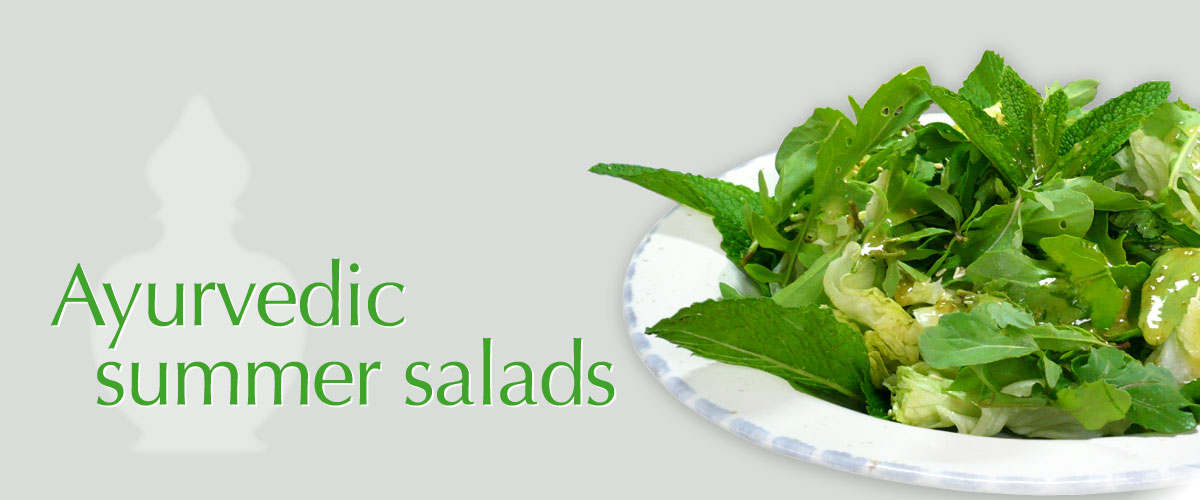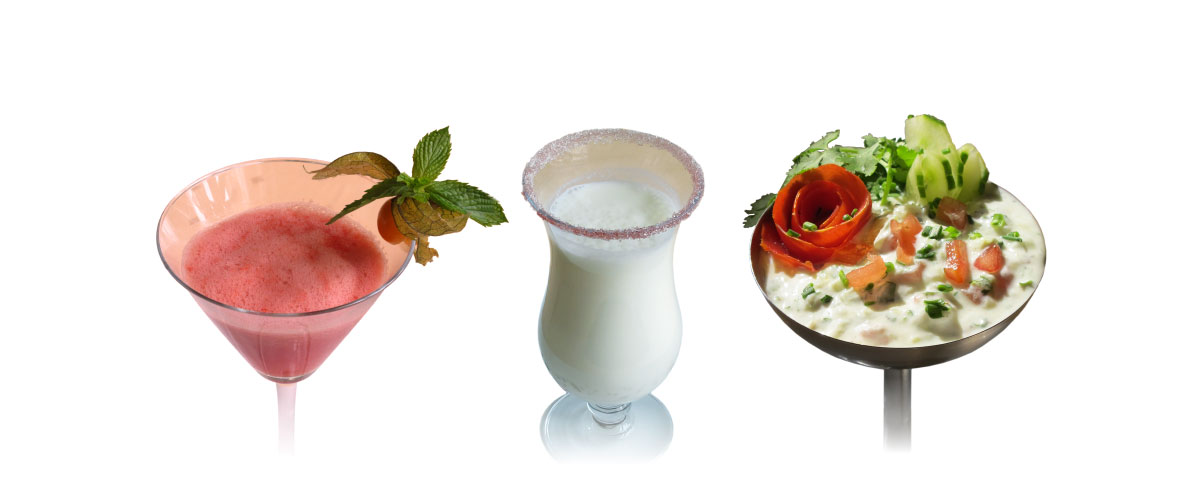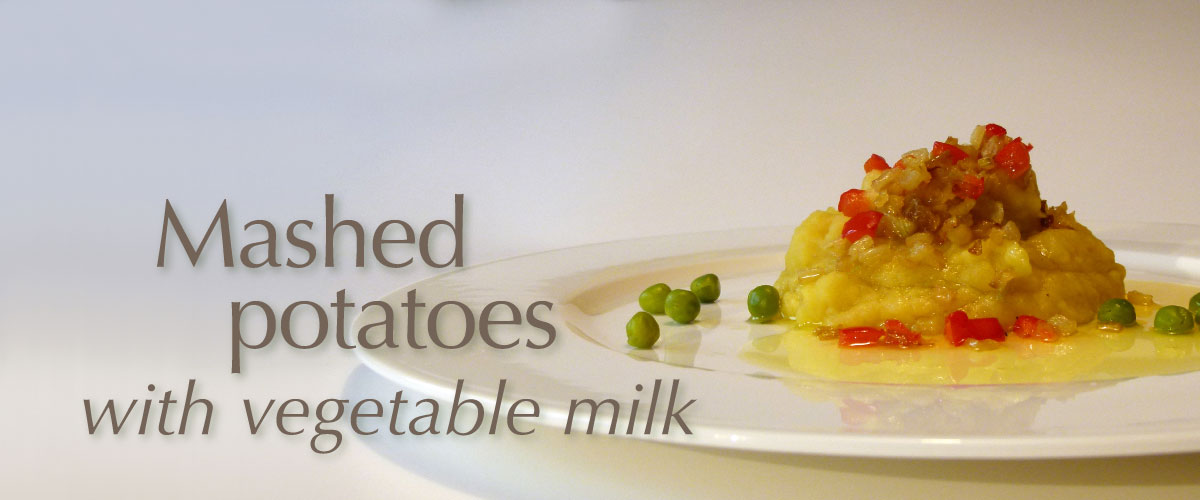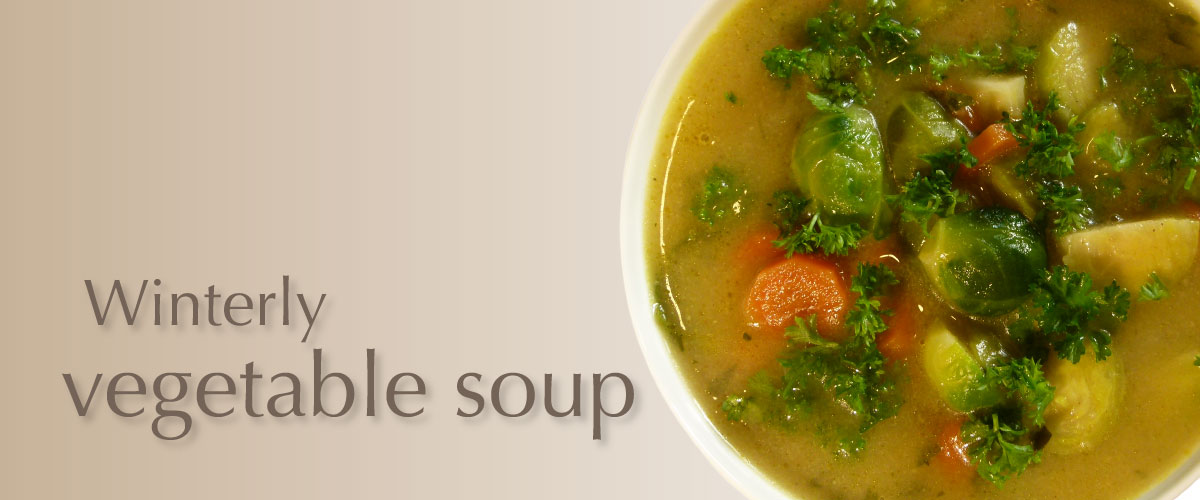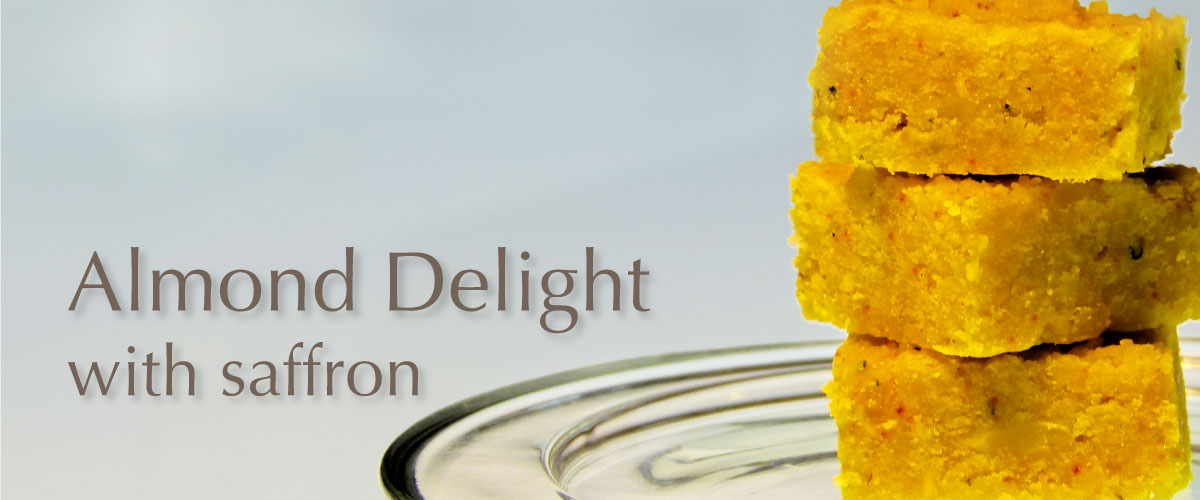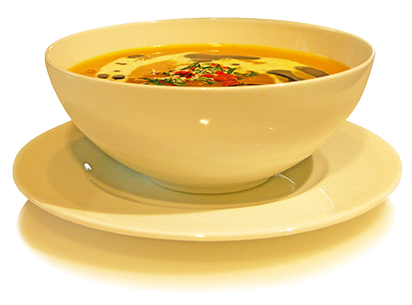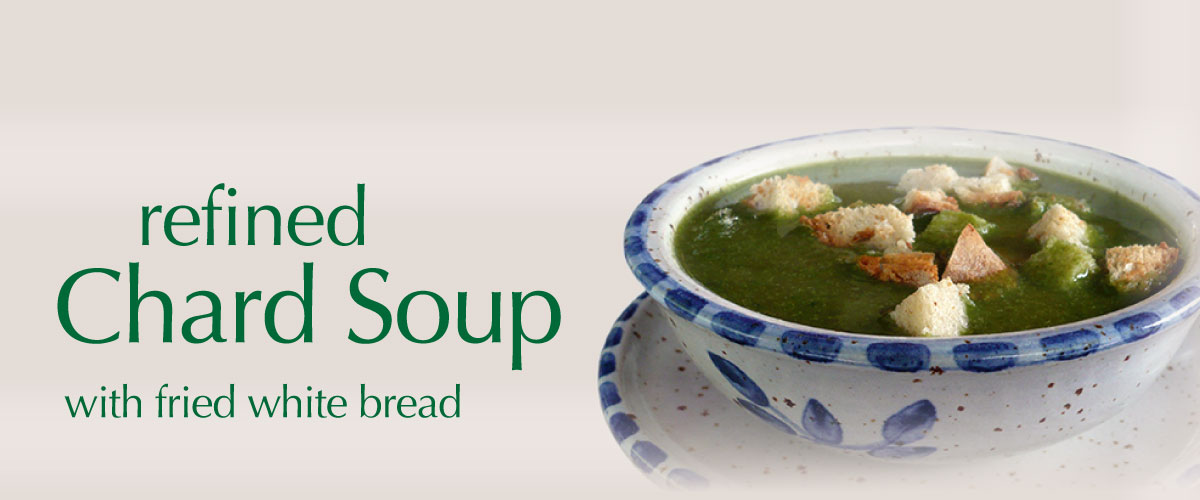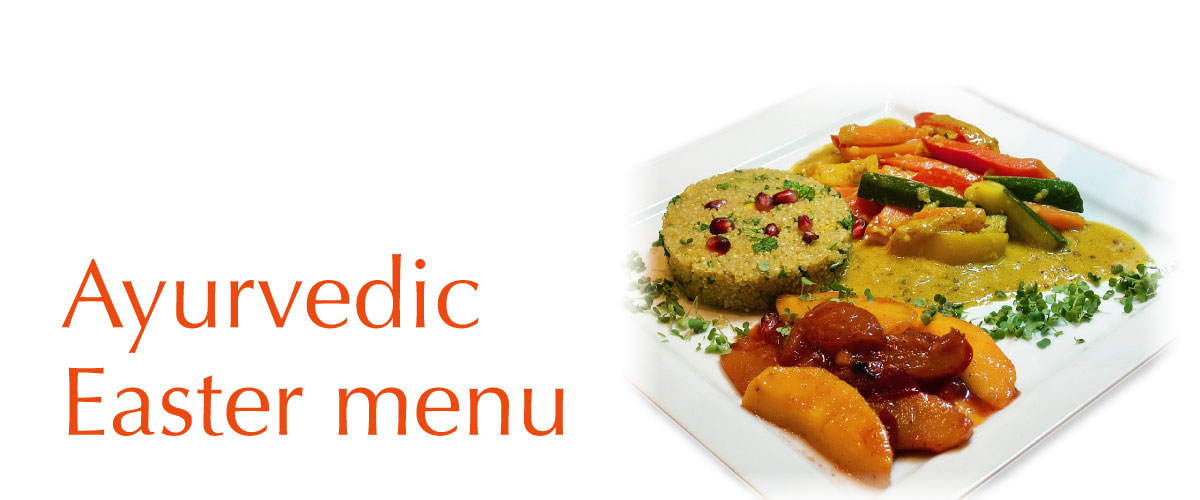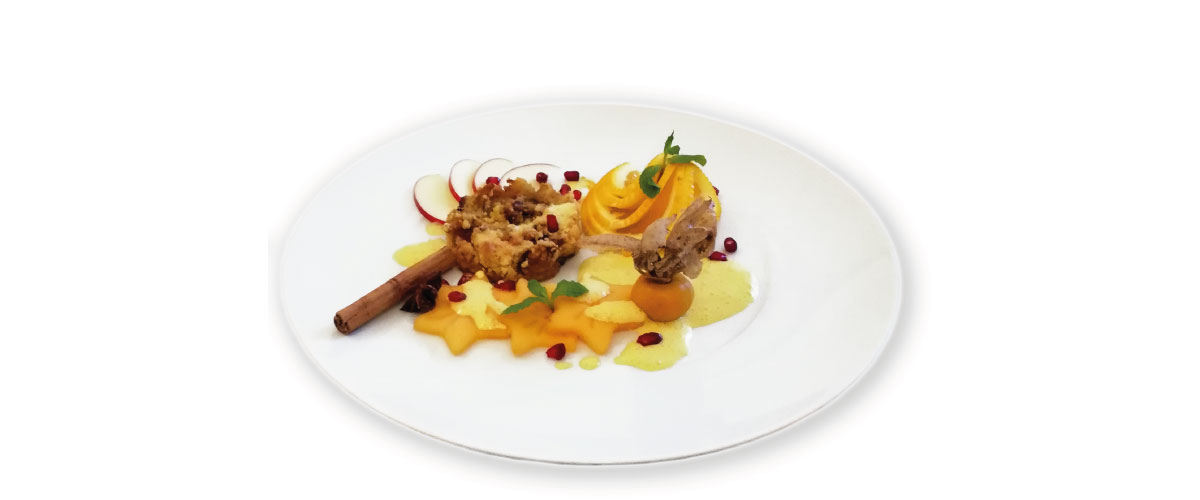During winter, Vata Dosha increases and we find we crave sweet and heavy food. This is quite natural, because an elevated Vata is best pacified by sweet, sour and salty. Here’s a scrumptious recipe that satisfies the craving without being too hard to digest, so you can in fact enjoy it all year ’round whenever your Vata Dosha is playing up.
Continue readingCategory: recipes
Saffron Marzipan
With these delicious marzipan sweets, you are sure to charm your guests’ palates and hearts. And, most importantly, they are a breeze to prepare. No cooking, no baking – just mix the ingredients, roll, coat with chocolate, and you’re done!
Continue readingBaked apple with cinnamon and honey
One small baked apple can give you a lot of warm, easily digestible energy to start your day. This healthy energy boost nourishes the heart and muscles, supports bodily functions and prevents constipation.
Continue readingFruity Pumpkin Soup
This pumpkin soup is mild, delicious, and warming – and it simply fits well with autumn. In addition, it looks great with its sophisticated topping.
Depending on how thick you make it, this soup can be served as a main dish or as a starter.
Late-summer Pasta dish
This late-summer pasta dish with a mint-like touch is a delight for all Dosha types. The many herbs and fresh vegetables are ideal to soothe Pitta and Kapha Dosha, and the olive oil helps to keep Vata Dosha in balance. But especially if your Pitta Dosha is too high, this dish is for you!
Continue readingAyurvedic ideas for summer salads
When the thermometer climbs above the 25 °C mark, Ayurveda speaks of Pitta time. Pitta represents heat and fire. To balance Pitta Dosha, we recommend cooling food. It’s best to favor sweet, astringent, and bitter flavors.
Continue readingThree cooling recipes for the summer
Ayurveda distinguishes between cold food and cooling food. When the summer shows its hot side, we tend to go for cold or even ice-cold food and drink. But according to Ayurveda, this is an overreaction with an unpleasant effect, because cold food severely reduces Agni, the digestive fire. Continue reading
Mashed potatoes with vegetable milk
Doesn’t everyone like mashed potatoes, nicely warm and soft? Except… that one always feels some discom- fort after eating them? Ayurveda tells us why: milk, combined with salty dishes, clumps in the stomach and is then difficult to digest. Continue reading
Making Ghee
Making your own Ghee is easy, but you need to give it some time and attention. The butter has to be boiled long and gently to release its subtle nutty aroma. The suggestion is to do this on the side, while you’re preparing a meal or doing chores, but close enough that you can monitor the process. Continue reading
Winterly vegetable soup
Although this winterly vegetable soup is low on carbohydrates, it is quite satiating and thus really helps you lose weight.
In this recipe, we have used fennel, but this can be replaced by white cabbage or kohlrabi, e.g. if you prefer a stronger taste. Continue reading
Almond Delight with saffron
Although this almond confectionery can be enjoyed year-round, it’s an especially fitting enrichment to the traditional range of Christmas Season pastries.
Continue readingFruity Pumpkin Soup
This pumpkin soup is mild, delicious, and warming – and it just fits well with autumn. In addition, it looks great with its sophisticated topping.
Depending on how thick you make it, this soup can be served as a main dish or as a starter.
Ingredients for 2 persons:
- 300g pumpkin
- 100g carrots
- 50g parsnip
- 1,5 L water
- 2 tbsp ghee
- 1/2 tsp. fresh ginger, grated
- 2 tsp. chickpea flour
- 1 pinch asafoetida
- 2 pinch of curcuma
- 1 bouillon cube (10g)
- Juice of half a small orange
- 1 pinch of pepper
- 1 pinch of cane sugar
- 1/2 tsp. of salt (to taste)
- For the topping:
Cream, pumpkin seed oil, fresh marjoram, flower petals
Preparation:
Peel and chop the pumpkin, carrots, and the sweet potatoes. Pumpkin (Hokkaido variety) gives a very refined taste when peeled.
- Heat the Ghee in a saucepan
- Add vegetables and stir
- Add chickpea flour and stir
- Pour in the water
- Add spices (except the pepper)
- bring to a boil
- Cook over medium heat for 35 minutes
(Until the soup has the desired thickness.) - Add the freshly pressed orange juice, the cane sugar, salt and pepper
- Blend the soup
- Fill in preheated plates or bowls, garnish with cream, pumpkin seed oil, marjoram, and flower petals and serve.
If you prefer a more liquid soup, reduce the amount of pumpkin to 250g. In general, you can also regulate the thickness by adjusting the cooking time.
Recipe and photos: Hans-Jürgen Metz and Monika Schwarz
© Maharishi Ayurveda Privatklinik Bad Ems
Download the recipe as a PDF file
Refined chard soup recipe
Like all green leafy vegetables, chard reduces Pitta. Here is a recipe for a simple and light, yet refined chard soup that can be served for lunch or dinner.
Recipe: Ayurvedic Easter menu
Jochen Lotz, head of our training kitchen, has created an Ayurvedic Easter menu for you. The dishes: Ayurvedic Thai curry · Plum-and-mango chutney · Spring quinoa For dessert: Orange/spelt Halva, Tapioca sauce
It tastes great, looks good and is easy to prepare!
Continue readingRecipe for apple-raisin crumble with orange-safran mousse
Pies and sweet pastries are popular in western culture, so much so that it’s hard to imagine doing without them. But in Ayurvedic cuisine, baked foods are unknown – and with good reason: The baking process solidifies the structure of the molecular connections and therefore, the body needs more digestive power to disassemble the food.
Continue readingRecipe for fresh almond milk (K+) V– P–
Soak almonds (with peel) in a jar or bowl with water overnight – take about 10–15, depending on the desired consistency.
Continue reading